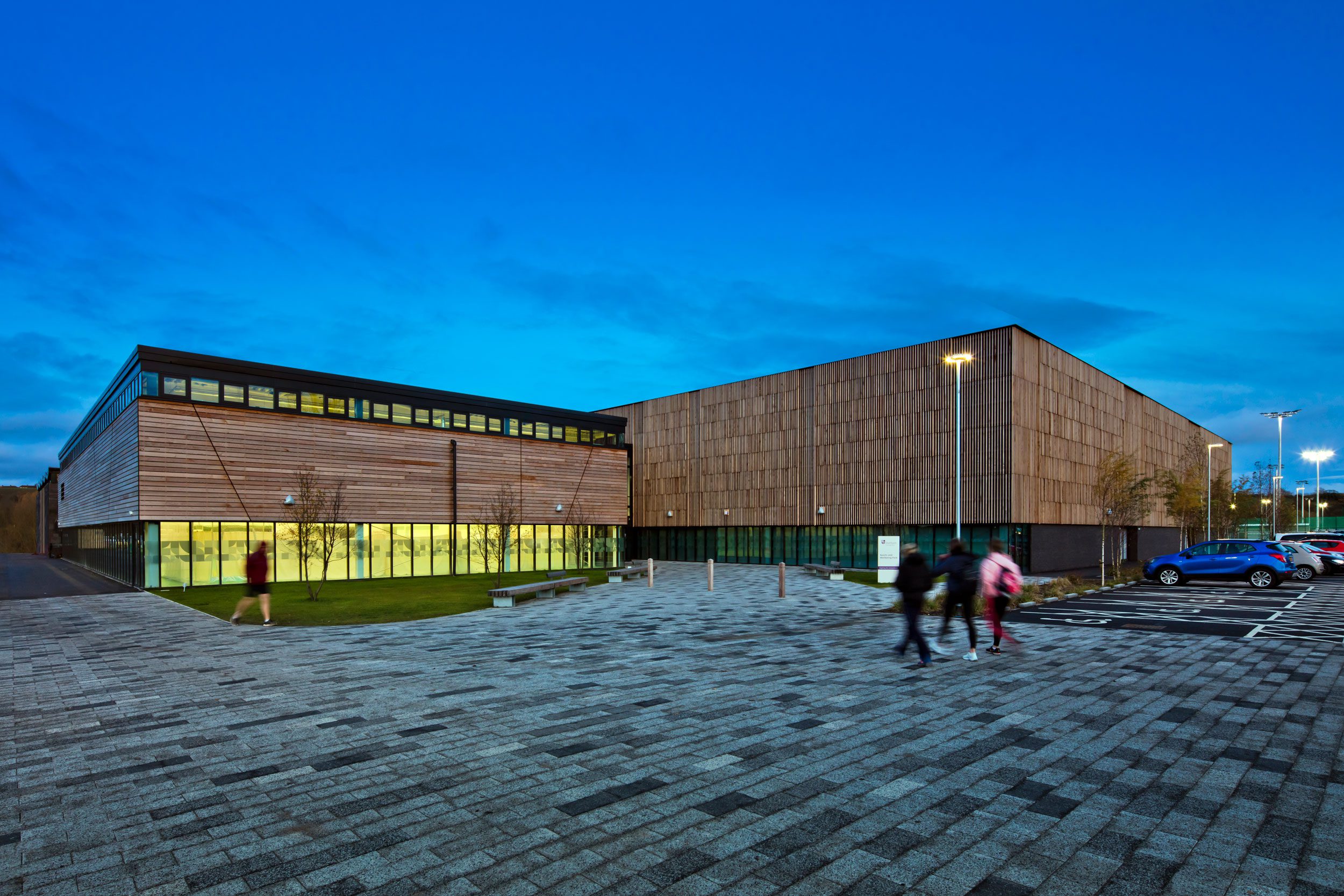Influencing institutional reputation requires serious and long-term collaboration between marketing, senior leadership, operational and administrative functions.

How a university presents itself, its values, its mission, its purported goals, and its qualities all play a part in shaping generally held opinions concerning it.
Ultimately, like any other brand, a university’s reputation is shaped by how it is perceived and valued by actual and prospective stakeholders. If reality is not found to match the portrayed image, then not only will that image be held to be false, but the institution will also gain a reputation for duplicity. Marketers can only leverage what is believed to be true.
Different stakeholders will build up their notion of a university’s reputation in different ways. Prospective students (and their decision-making networks) will look to rankings, university websites, and – increasingly – testimonials from current students and alumni.
Testimonials and professional networks will also play a part in shaping reputation for academic and administrative staff. The former will, of course, also consider the scale and quality of the research being produced at the institution in their field.
For employers, it will be a mix of the above, with large-scale hirers able to call upon their own company’s experience – as well as considering relationships built with specific institutions.
History feeds deeply into brand reputation for tertiary education sector brands,. Prestige built up over time counts for a great deal, with positive changes often slow to take effect, and even slower to take hold in the public imagination. This can make the difference for employers looking to choose between candidates from various institutions, or academics and students with a view to their long-term career progression.
History, then, can be a protective charm, or an albatross.
Shaping brand reputation for large and complex organisms like universities can be something of a tall order. And we choose the word organism deliberately: they have lives of their own. Trying to tame such a complex creature from the marginal confines of a marketing department is to risk fighting a losing battle at the cost of its vitality.
The aforementioned weight of history plays a considerable part. For institutions that have been around for centuries, who have produced scores of high-profile alumni, this is wonderful. For those who cannot claim the same, perhaps less so.
Rankings, in the modern university ecosystem, inevitably play a role. Let’s not forget, however, that these are more often than not predicated on reputational surveys, which tend to (though not always) favour historical institutions with strong name recognition. The risk of self-fulfilling prophecies, and feedback loops is clear.
Then we have the modern trend towards user ratings,in this, the Age of TripAdvisor. Once upon a time, we simply had the likes of the UK’s (much-maligned) National Student Survey. Today we can go online and read any number of student testimonies, ratings, and even user rankings. Not to forget the potential risks and rewards offered by social media.
Monitoring all this is important. With heightened fees and a perceived lowering of the value of a university degree, student experience has gained traction as a concept, with peer-to-peer reviews as the medium of exchange. Whole business models have been built around this.
A tall order it may be, but certainly there are ways to influence university reputation. It will, however, require collaboration between marketing, senior leadership, operational and administrative functions.
For one thing, we now have access to reams and reams of big data: this can be vital in shaping reputation. Sure, not every institution will be able to boast a long list of statespeople and Nobel Prize winners (the latter is actually an indicator in the ARWU). But within your data somewhere will be stories that might be more relevant in shaping reputation for those you are seeking to impress.
We might look here to the detailed employment reports offered by business schools for inspiration. MBAs are decidedly vocational, but given the prevailing emphasis on employment outcomes, many other programs are increasingly expected to be so also.
Naturally, this will be most beneficial to those universities which forge strong industry links, developing courses in tandem with professionals, and/or which offer comprehensive careers support – and then recruit students appropriately.
It’s about creating a steady funnel – by building a quality offering, then communicating it to the right people. Yes, your reputation will be more limited, but if you reach the right people the mutually beneficial relationship cultivated will continue to pay dividends in the future, as alumni, employers, and academics spread the word.
Rankings, as we’ve discussed before, are a problematic benchmarking tool for many institutions. But, undeniably, some universities will want to use these as a reputation-building tool.
For universities that want to compete on the research front, this will require serious investment, careful hiring/cultivation of academics, and potentially a research strategy focusing on high-impact publication (though, surely, they should be doing these things as a matter of course). On the other hand, others may want to compete on the teaching front: the same applies …
Through a process of gradual melioration, then, we will see reputational improvement, reflected in rankings. This, though, can only really be an option for universities with endowments large enough to suggest they don’t need to worry too much about fixing their reputation or ranking in the first place.
If this is not your institution, you might want to think carefully about whether this is a reputation you can realistically build. Chess champions are rarely renowned as prize fighters – and vice versa. It’s better not to find out the hard way in either case.
Then there’s that last aspect: student reviews. There are certain challenges associated with this, particularly where high fees have fostered a culture of entitlement among students. Appeasement is not the name of the game here, though – that’s a losing battle.
We avoid reaching this stage by ensuring we offer a high-quality experience. Students must be academically supported, have access to pastoral care, and be given good advice on careers and further study. It’s essential to conduct internal research, and to have open channels of communication through which the student body can communicate its concerns and needs to us. Findings from such exercises must be addressed before they are allowed to reach breaking point – i.e. negative reviews.
Now, more than ever, cutting these corners is not something which anyone can get away with – nor should they be able to. Do so, and the world will very soon know. Crucially, student recruitment must reflect resources. Oversubscribing sub-par courses with underqualified cash-cow students will not escape the public gaze. On the other hand, satisfied, well-qualified alumni will come to serve as the best possible brand ambassadors.
Really, there’s no magic fix to building university reputation – and certainly no shortcuts. More than other aspect of branding, it’s about playing a long game, investing time and money in changes which may take many years to really be felt.
The difference is now that we have recourse to more data and more tools of communication than ever before. This means that we have more power to shape the story – building a more-focused narrative, focusing on specific areas.
In this context, reputation needn’t be measured on a generic scale, but one which has been carefully shaped and cultivated to match individual institutions.



